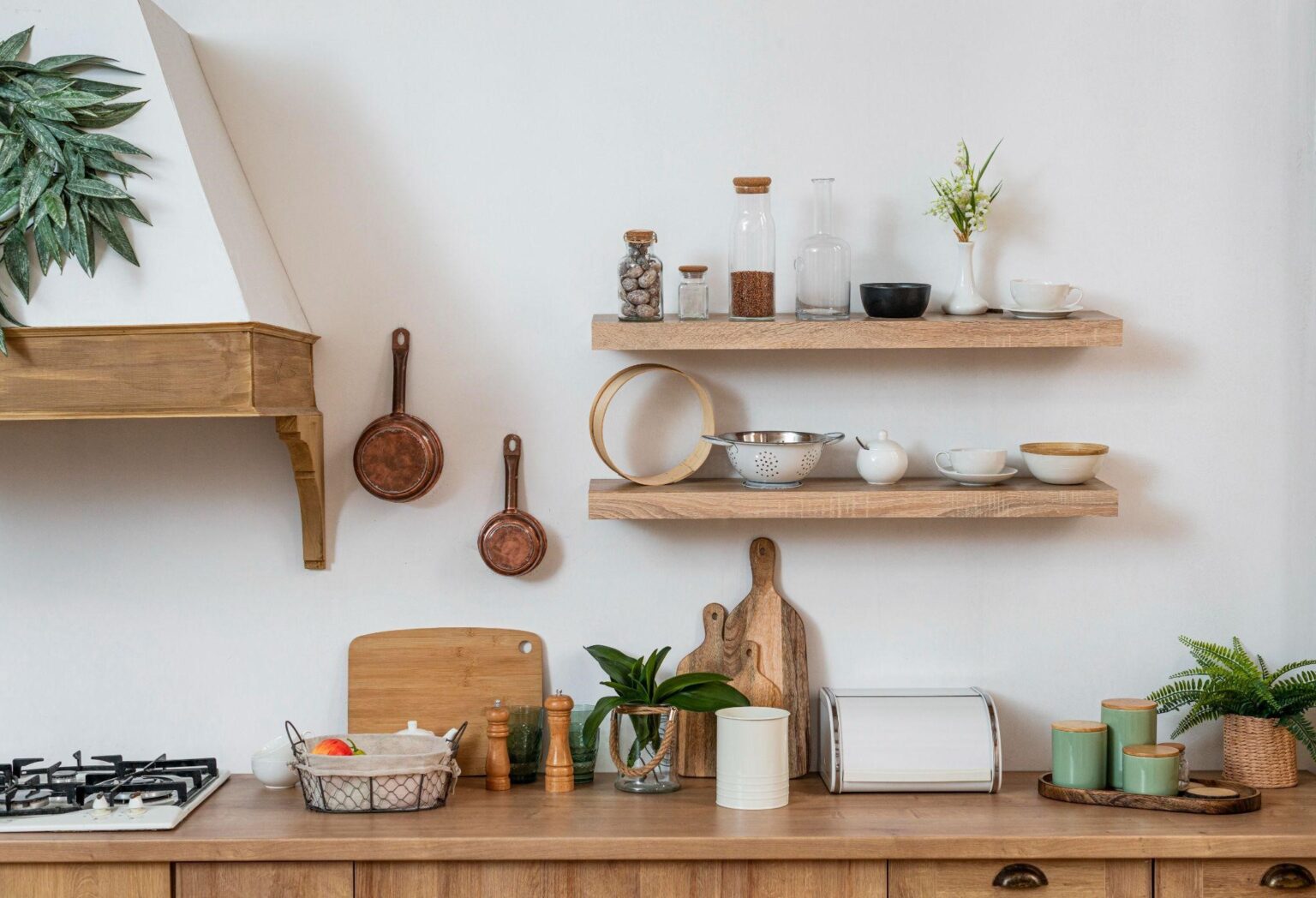
Sustainable Kitchen Design Ideas for Small Spaces
In today’s world, where sustainability Kitchen is becoming increasingly crucial, more and more homeowners are looking for ways to incorporate eco-friendly practices into their lives, including their home design. The kitchen, being the heart of the home, is no exception. If you have a small kitchen space and are passionate about living sustainably, this article will provide you with innovative and practical ideas to create a sustainable kitchen design that maximizes efficiency and minimizes waste.
1. Optimize Layout and Storage
When dealing with limited space, every inch matters. Choose an efficient layout that minimizes the distance between essential kitchen work areas, such as the sink, stove, and refrigerator. Consider using corner cabinets and pull-out shelves to maximize storage and make the most of small spaces.
2. Energy-Efficient Appliances
Invest in energy-efficient appliances that have high Energy Star ratings. These appliances are designed to consume less energy, reducing your kitchen’s carbon footprint and saving you money on utility bills. Look for appliances with smart features that allow you to monitor and control energy usage more effectively.
3. Use Sustainable Materials
When renovating or building your kitchen, opt for sustainable and eco-friendly materials. Choose countertops made from recycled materials, such as glass or reclaimed wood. Consider using bamboo for cabinets, as it is a rapidly renewable resource and highly durable. Also, seek out low-VOC (volatile organic compounds) paints and finishes to reduce indoor air pollution.
4. Natural Lighting
Maximize natural light in your small kitchen to reduce the need for artificial lighting during the day. Consider installing skylights or large windows to flood the space with sunlight. Natural lighting not only saves energy but also creates a warm and inviting atmosphere in your kitchen.
5. Efficient Water Use
Install water-saving faucets and fixtures to conserve water in the kitchen. Consider using a dual-function sink that allows you to use one side for washing dishes and the other for food preparation. Also, fix any leaks promptly to avoid water wastage.
6. Compost and Recycling Stations
Designate specific areas in your kitchen for composting and recycling. Use countertop compost bins to dispose of food scraps, which can later be used to enrich your garden soil. Set up recycling bins for paper, plastic, and glass, making it easy to sort and recycle waste.
7. Grow Your Own Herbs
Create a small herb garden in your kitchen by using vertical planters or wall-mounted shelves. Growing your own herbs not only reduces packaging waste but also ensures a fresh supply of organic herbs for your culinary delights.
8. Upcycling and Repurposing
Instead of discarding old kitchen items, consider upcycling and repurposing them. Turn old mason jars into stylish storage containers or transform wooden crates into unique shelves. Embracing upcycling adds character to your kitchen and reduces the demand for new resources.
9. Energy-Efficient Lighting
Choose LED or CFL light bulbs for your kitchen as they consume less energy and last longer than traditional incandescent bulbs. Place lights strategically to illuminate specific areas and reduce overall energy consumption.
10. Invest in Quality Cookware
Choose high-quality cookware made from sustainable materials, such as cast iron or stainless steel. These options have excellent durability and can withstand the test of time, reducing the need for frequent replacements.
11. Reduce Single-Use Plastics
Avoid using single-use plastics in your kitchen. Invest in reusable containers, bottles, and bags for storing and carrying food and beverages. This small change can significantly reduce plastic waste in the long run.
12. Choose Eco-Friendly Flooring
When selecting flooring for your kitchen, opt for eco-friendly materials such as cork or bamboo. These options are not only sustainable but also comfortable to stand on while preparing meals.
13. Water Filtration System
14. Incorporate Green Cleaning Practices
Switch to eco-friendly cleaning products or make your own using natural ingredients like vinegar, baking soda, and essential oils. These alternatives are gentler on the environment and safer for your health.
15. Embrace Minimalism
Lastly, adopt a minimalist approach to your kitchen design. Keep only the essentials and declutter regularly to create a clean and organized space. Minimalism not only promotes sustainability but also reduces the overall environmental footprint of your kitchen.
Conclusion
Designing a sustainable kitchen for small spaces is an achievable and rewarding endeavor. By incorporating eco-friendly materials, energy-efficient appliances, and green practices, you can create a functional and beautiful kitchen while contributing to a healthier planet. Remember, every small step towards sustainability counts, and your efforts in creating a sustainable kitchen will not only benefit you but also inspire others to follow suit.







